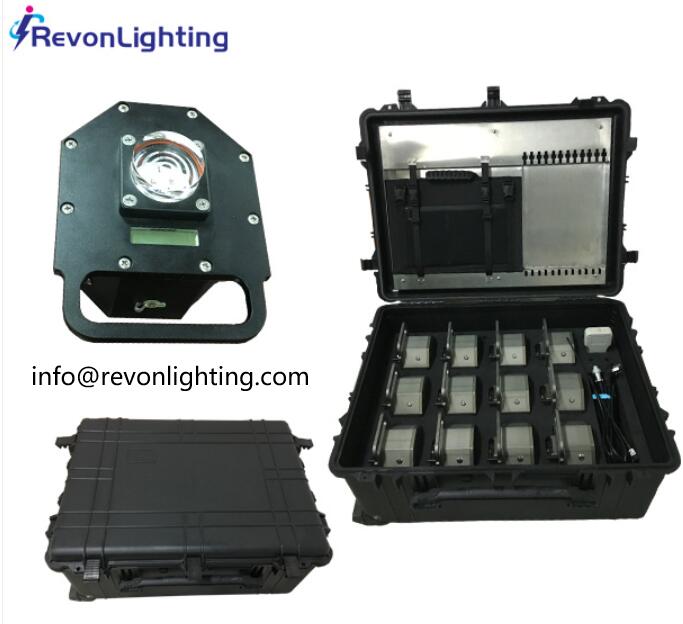Portable Runway Lighting: Enhancing Aviation Safety
Introduction:
In the world of aviation, portable runway lighting has emerged as a crucial solution to enhance safety during temporary or emergency runway operations. These lighting systems are designed to provide temporary illumination and guidance for aircraft during situations where traditional runway lights may be unavailable or inadequate. This article will explore the significance, features, and advancements of portable runway lighting in ensuring aviation safety.
Significance of Portable Runway Lighting:
Emergency Situations: During emergencies, such as natural disasters or technical failures, airports may need to establish temporary runways. Portable runway lighting enables quick and efficient setup of temporary runways, allowing aircraft to land and take off safely, even in challenging conditions.

Construction and Maintenance: Runway repairs or construction projects often require temporary closure or partial closure of runways. Portable runway lighting ensures that these restricted areas remain visible and safe for pilots, enabling them to navigate around construction zones or closed sections of the runway.
Remote or Temporary Airfields: In remote or temporary airfields, portable runway lighting plays a vital role in providing essential lighting for aircraft operations. These lighting systems make it possible for pilots to land and take off safely, regardless of the time of day or weather conditions.
| Portable Runway Lighting | Portable Runway Light |
Features of Portable Runway Lighting:
Easy Setup and Portability: Portable runway lighting systems are designed for easy setup and transportation. They are typically lightweight, compact, and can be quickly deployed by airport personnel or emergency response teams. This enables fast and efficient installation, minimizing disruptions to airport operations.
Battery-Powered: Portable runway lighting is often powered by rechargeable batteries, eliminating the need for external power sources. These batteries provide a reliable and independent power supply, ensuring continuous illumination even in remote areas or during power outages.
Visibility and Compatibility: The lighting systems are equipped with high-intensity LED lights that offer excellent visibility for pilots. They emit bright and visible light, allowing pilots to clearly identify the runway, taxiways, and other critical areas. Furthermore, these systems are designed to be compatible with existing airport lighting infrastructure, providing seamless integration and compatibility.
Advancements in Portable Runway Lighting:
Wireless Control and Monitoring: Modern portable runway lighting systems often incorporate wireless control and monitoring capabilities. This enables operators to remotely adjust lighting settings, monitor battery status, or receive notifications in real-time. Wireless connectivity enhances convenience and allows for more efficient management of the lighting systems.
Smart Technology Integration: Advancements in smart technology have led to the integration of portable runway lighting with navigation systems and aircraft communication systems. This integration allows for automatic synchronization with aircraft position and aids in precise landing and takeoff procedures. Smart technology also enables the lighting systems to respond to changing conditions, such as adjusting light intensity based on weather or ambient lighting conditions.
Enhanced Durability and Weather Resistance: Portable runway lighting systems are continuously improving in terms of durability and weather resistance. They are built to withstand harsh conditions, including extreme temperatures, heavy rain, or high winds. These advancements ensure reliable performance and longevity, even in challenging environmental conditions.
Conclusion:
Portable runway lighting has become an integral part of aviation safety, providing essential lighting and guidance during emergencies, construction projects, or operations at remote airfields. By offering easy setup, portability, and compatibility, these lighting systems enhance aviation safety and reduce the risk of accidents. With advancements in wireless control, smart technology integration, and durability, portable runway lighting is continuously evolving to meet the ever-increasing demands of the aviation industry, ensuring safe and efficient operations in all circumstances.